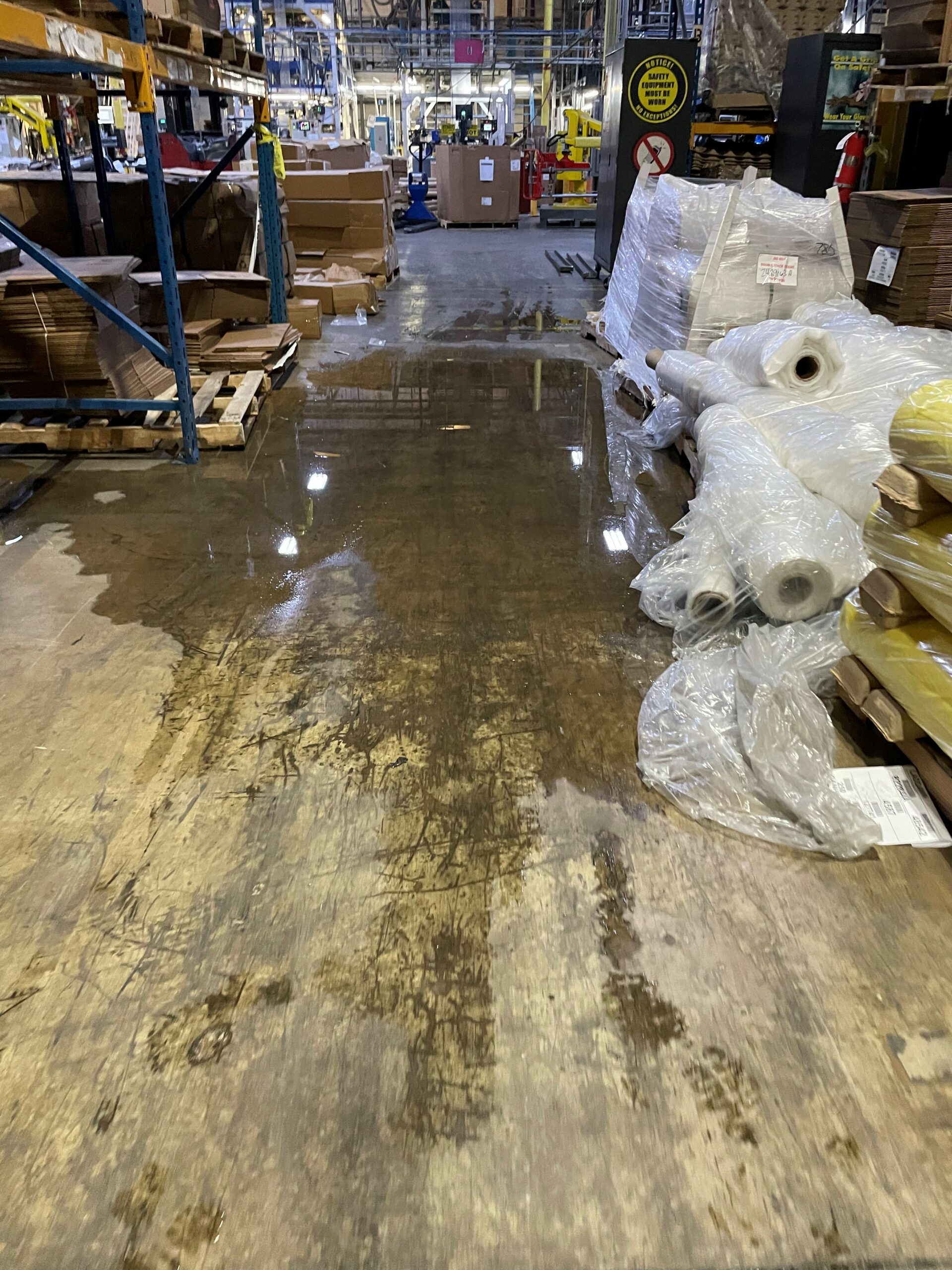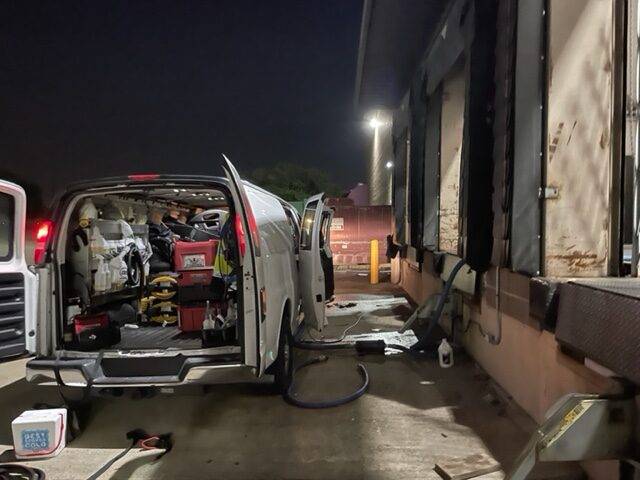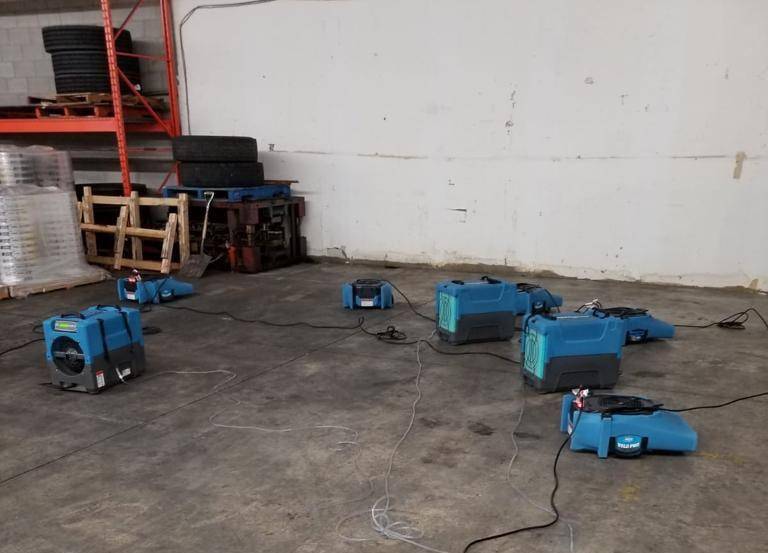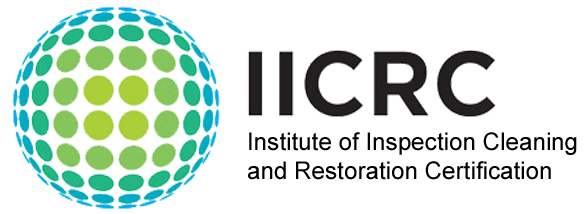At BCCS Restoration, we prioritize your safety and property when responding to water damage emergencies. To help you better understand what to expect, here’s a breakdown of the three main steps we take during a water damage call, along with an explanation of the different types of water damage and what causes them.
Step 1: Immediate Response and Safety Assessment
When we arrive on-site, our first priority is ensuring the safety of you and your loved ones. Water damage can pose health risks and structural hazards, so we carefully assess the situation for any immediate threats. If your property is unsafe to occupy, we’ll assist in arranging temporary housing or hotel accommodations, ensuring that you are safe and comfortable while we work to restore your home.
Step 2: Identifying the Source and Type of Water Damage
Next, we identify the source of the water intrusion and classify the type of water damage. Understanding the category of water is essential because it determines the cleanup methods and the potential health risks involved.
There are 3 categories of water damage:
CATEGORY 1 is odorless water from a clean source with no substantial risk of causing sickness or discomfort. To make sure the situation remains a category 1 immediate action must be taken to prevent water from being present for an excessive period of time and the affected area must be clean and well maintained.
CATEGORY 2 water is contaminated physically, chemically or biologically. For the situation to remain a category 2 water must not be allowed to dwell in the structure for an extended period of time.
CATEGORY 3 is water intrusion that results from a grossly unsanitary source that could be carrying pathogenic disease causing agents.
This type of water is HIGHLY Unsanitary and requires specialized procedures for proper cleaning and decontamination. It’s crucial to act fast—call us immediately at 214-828-0751 or click icon below. Our expert team will arrive quickly with the right tools and expertise to restore your property and ensure your home or business is back to normal ASAP.
Photo below shows a real Category 3 water damage emergency, affecting over 20,000 square feet of property. Category 3 water, also known as “black water,” is highly contaminated and requires immediate professional attention to mitigate health risks and extensive property damage.
Our rapid response and expert handling enabled the affected company to resume operations quickly, avoiding potential losses in the hundreds of thousands of dollars. By immediately extracting the water, deploying advanced drying equipment, and efficiently sanitizing the contaminated areas, we minimized downtime and ensured that the business could get back up and running in record time. Thanks to our team’s swift action, the company avoided prolonged closures, costly repairs, and revenue loss, keeping their operations on track.

The photo below captures a real Category 3 water damage emergency, showcasing a hose run of over 400 feet to remove grossly contaminated water. This complex operation required precision and advanced equipment to effectively extract hazardous water and prevent further contamination.
Our team’s successful handling of this large-scale emergency protected the company’s property from extensive damage, preserving its infrastructure and minimizing long-term repair costs. By efficiently removing the contaminated water and restoring safe conditions, we helped safeguard the company’s assets, ensuring a quicker recovery and avoiding costly downtime.

The photo below illustrates the post-water removal phase, where our team deployed commercial-grade professional drying equipment for water damage mitigation. This advanced setup ensured thorough drying of the affected areas, preventing further damage such as mold growth or structural weakening.
By using high-performance dehumidifiers and air movers, we were able to restore the property to safe, dry conditions efficiently, protecting the company’s assets and accelerating the recovery process.

Step 3: Water Removal
After assessing the situation and determining the category of water, we begin with the critical task of water removal. This involves extracting all standing water from the affected areas using high-powered pumps and vacuums. The quicker the water is removed, the less chance there is for further damage to your property. Immediate removal helps to reduce the risk of mold growth, structural weakening, and deterioration of your belongings.
Step 4: Water Damage Mitigation
Once the standing water has been removed, we move to the mitigation phase, which focuses on thoroughly drying and dehumidifying your property. This step is crucial in preventing secondary damage like mold growth and wood rot. We use a variety of specialized equipment, including:
•Commercial-grade dehumidifiers: These remove excess moisture from the air, ensuring that even hidden water is addressed.
•Air movers: High-velocity fans are placed strategically to circulate air and speed up the drying process for walls, floors, and ceilings.
•Air scrubbers and hydroxyl generators: These devices help improve air quality by removing contaminants and neutralizing odors caused by water damage.
•Wall and floor drying systems: For more targeted drying, these systems are employed to address moisture trapped within walls, floors, and other hard-to-reach areas.
Additionally, during this stage, we may need to move contents, furniture, and other items to a safe area to prevent further damage and to allow for more efficient drying. Preserving your belongings is a key part of this step, and we take care to handle all items with the utmost care.
Step 5: Restoration Phase
After the drying and mitigation process is complete, we transition to the restoration phase. This involves repairing and restoring your property to its pre-loss condition. The extent of restoration will depend on the severity of the damage and can include tasks such as:
•Replacing damaged drywall and insulation
•Painting and refinishing affected areas
•Installing new flooring or repairing existing floors
•Restoring any structural components affected by water damage
Our goal is to restore your home to its original state, ensuring it’s both safe and comfortable for you and your family. At BCCS Restoration, we are with you every step of the way, making sure the process is smooth and effective from start to finish.
Common Questions: How do you know if you have water damage?
You may have water damage if you notice the following signs:
•Dark or wet spots on walls, ceilings, or floors
•A musty or damp smell in certain areas
•Bubbling, cracking, or peeling paint
•Warped or buckling floors
•Mold growth in damp areas
•Unexplained spikes in your water bill could indicate hidden leak
If you suspect water damage, it’s important to act quickly to prevent further damage or health risks.

How long does it take for water damage to show
Water damage can start to show in as little as a few hours, but sometimes it takes days or even weeks for visible signs to appear. Immediate signs may include damp spots on walls, floors, or ceilings, while longer-term signs might involve warping, bubbling, or peeling paint. Mold growth can occur within 24 to 48 hours if the water isn’t properly removed.
How long does water damage restoration take?
The time it takes to restore water damage varies based on the extent of the damage. In most cases, the process takes anywhere from 3 to 7 days for water removal and drying. For larger or more severe cases involving significant structural repairs, it may take several weeks to complete the entire restoration process.
Does insurance help pay for water damage?
In many cases, homeowners’ insurance policies will cover water damage, especially if it’s sudden and accidental (e.g., from burst pipes or severe storms). However, damages caused by neglect or gradual leaks may not be covered. We can assist you in working with your insurance provider to understand your coverage and help with the claims process, ensuring you get the support you need.
Is the service expensive?
The cost of water damage restoration depends on several factors, including the extent of the damage, the type of water involved, and the area affected. Costs can range from a few hundred dollars for minor repairs to several thousand for major restoration efforts. At BCCS Restoration, we provide detailed estimates upfront and work with you to ensure a transparent and affordable process.
Is water damage an emergency?
Yes, water damage is considered an emergency because it can rapidly cause extensive damage to your property and even pose health risks due to mold growth or contaminated water. The longer you wait to address water damage, the more likely it is to spread and worsen, leading to costly repairs and potential structural issues. It’s crucial to act quickly and contact professionals to minimize the damage.
Can’t I DIY the restoration?
While you may be able to handle small amounts of water, DIY restoration is generally not recommended for significant water damage. Proper water removal and drying require specialized equipment like commercial dehumidifiers and air movers. More importantly, hidden moisture can lead to mold growth, structural damage, and other long-term issues if not properly addressed. A professional team will have the expertise to fully assess, mitigate, and restore your property safely and effectively.
Does water damage decrease home value?
Yes, water damage can decrease your home’s value, especially if it’s not properly addressed. Water damage can lead to issues such as mold growth, structural weakening, and aesthetic damage (like warped floors or stained walls), all of which are red flags for potential buyers. Even if the damage is repaired, a history of water issues can raise concerns about long-term risks and may require a disclosure during a sale. However, if the damage is professionally restored and certified, it’s possible to minimize the impact on your home’s value.
At BCCS Restoration, we ensure thorough mitigation and restoration to help protect your property value and keep your home safe.
Does water damage decrease home value?
Yes, water damage can decrease your home’s value, especially if it’s not properly addressed. Water damage can lead to issues such as mold growth, structural weakening, and aesthetic damage (like warped floors or stained walls), all of which are red flags for potential buyers. Even if the damage is repaired, a history of water issues can raise concerns about long-term risks and may require a disclosure during a sale. However, if the damage is professionally restored and certified, it’s possible to minimize the impact on your home’s value.
At BCCS Restoration, we ensure thorough mitigation and restoration to help protect your property value and keep your home safe.
As a landlord, do I have to pay for water damage?
As a landlord, you are generally responsible for paying for water damage if it is caused by issues related to the property’s structure or maintenance, such as leaking pipes, roof damage, or plumbing failures. However, the responsibility may depend on the cause of the water damage and the terms of your lease agreement.
•If the damage is due to tenant negligence (e.g., leaving a faucet running or improper use of appliances), the tenant may be held responsible for the cost of repairs.
•If the damage is due to natural disasters or severe weather (like floods), your insurance policy or the tenant’s renter’s insurance may help cover the costs.
It’s important to check both your lease agreement and insurance policies to understand who is liable. As a landlord, maintaining the property and promptly addressing issues that could lead to water damage is key to minimizing liability.
As a renter, can I schedule water damage service and have the landlord pay the bill?
As a renter, you typically cannot directly schedule a water damage restoration service and have the landlord automatically pay the bill unless you’ve been authorized to do so. The responsibility for handling repairs, including water damage, usually falls to the landlord or property manager.
Here’s what you should do:
1.Notify your landlord immediately: If you discover water damage, it’s important to report it to your landlord as soon as possible. They are typically responsible for arranging repairs and covering the cost, as long as the damage wasn’t caused by tenant negligence.
2.Check your lease agreement: Some lease agreements outline procedures for handling repairs, including whether tenants are allowed to schedule emergency services and under what circumstances the landlord would cover the cost.
3.Emergency situations: If the damage poses an immediate safety hazard and you cannot reach your landlord, you may need to take action to prevent further damage. In some cases, landlords may reimburse you for emergency services if they agree that the situation required immediate attention.
Always communicate with your landlord before scheduling any services to avoid confusion about who is responsible for the payment.
Can I make a payment plan for services?
Yes, you can arrange a payment plan for services, with the exception of the water removal and response day, which must be paid in full either at the start of services or immediately after. We offer flexible payment options, including auto ACH payments and AfterPay, to help ease the financial burden during a stressful time. Unlike large commercial companies, we do everything we can to support our customers in distress.
However, it’s important to note that if payment plans are not followed, we vigorously pursue collection, which may include placing liens on the property, filing lawsuits, referring accounts to collection agencies, and reporting to credit bureaus. In cases of non-payment, a theft of services case may also be filed, which is prosecuted seriously. We strongly encourage timely payments to avoid these actions.